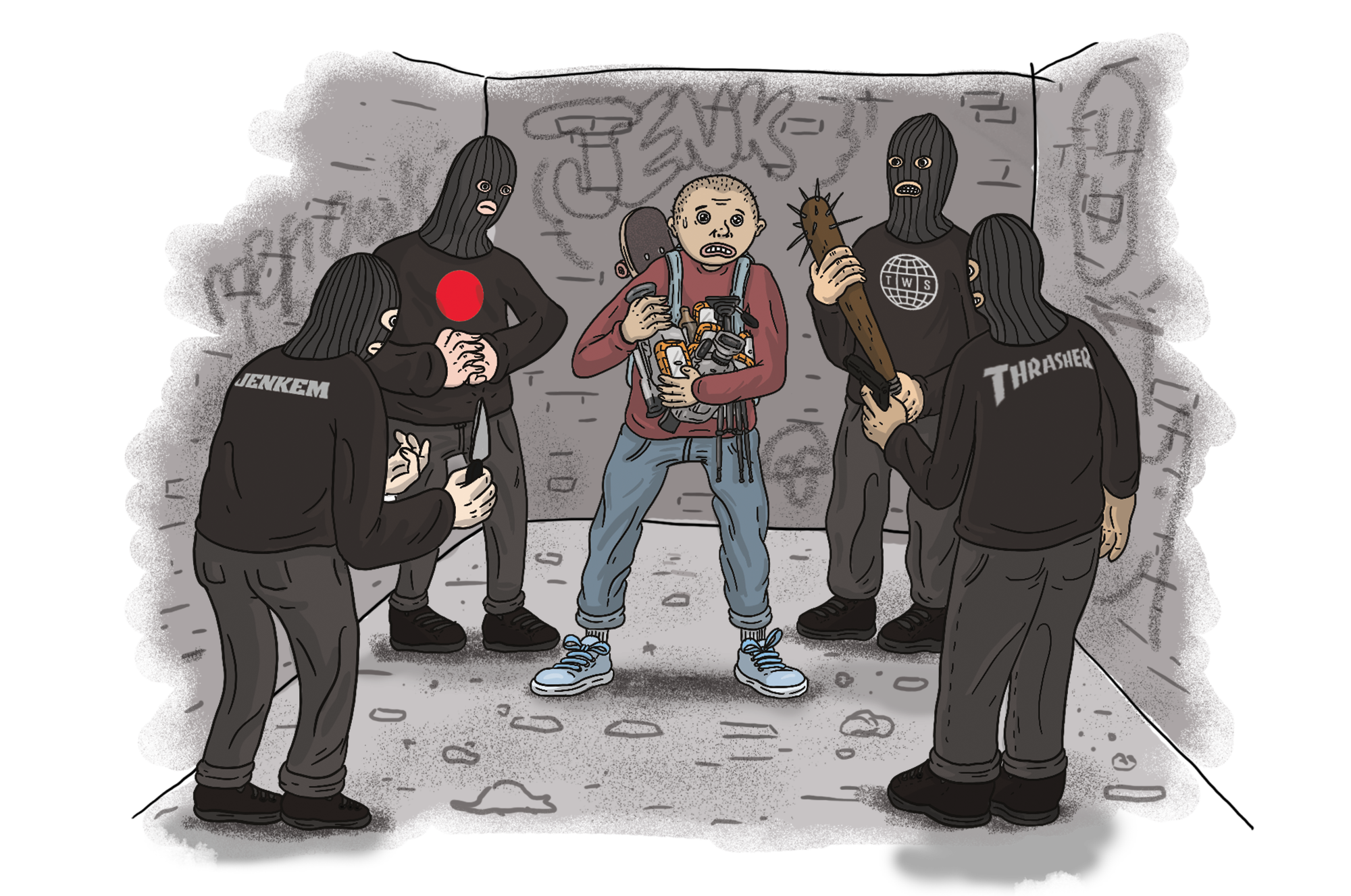
Without a doubt, the biggest and most popular skate media partner today is Thrasher, which boasts the highest following of any skateboarding outlet at over 5 million Instagram followers and over 2 million YouTube subscribers.
This wasn’t always the case, but after Thrasher began uploading solo parts like Mark Suciu’s “Cross Continental” and full videos like 5Boro’s Join, Or Die to their YouTube account in 2012, they set the blueprint for what would become the dominant trend in skate video releases. That is, brands giving away their video content to publishers instead of publishing it themselves.
The success of these early web-hosted parts and full-lengths, measured in view counts, likes, and positive comments, was a good proof of concept for brands to stop focusing on releasing their own content. Brands and skaters realized if they gave Thrasher and other media partners footage to run and help keep their sites afloat, they had a better chance of reaching huge audiences in the ever-expanding and finicky online environment.
It’s unclear exactly what else brands get in exchange from giving their content to publishers—aside from the higher view counts—so we asked some people who have promoted videos through Thrasher to help us understand what makes them an attractive option and what brands may be potentially risking in the process.
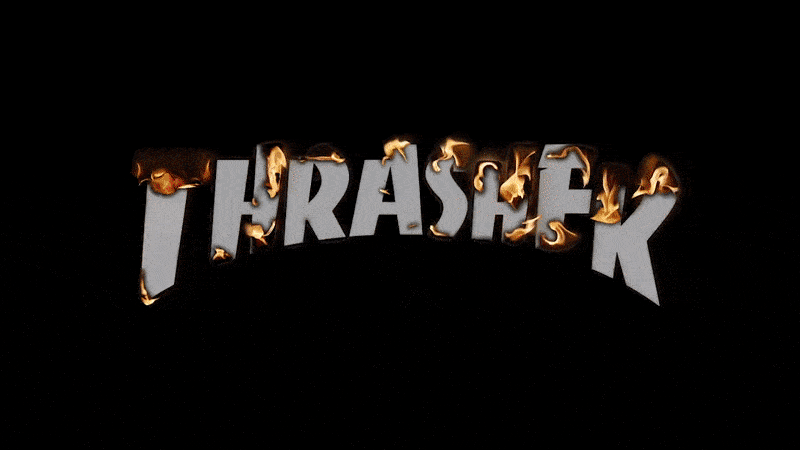 branded bumpers as far as the eye can see…
branded bumpers as far as the eye can see…Some of the other benefits can be difficult to quantify, but they’re still very real. Richie Valdez, who has spent the last two years managing Welcome’s team and video department, explained that there’s an intangible, personal incentive for skateboarders to be featured on certain sites.
“I think for the team riders especially, they’re like, ‘Oh, is this gonna be on Thrasher?’ I think that gives the people involved more legitimacy,” Richie said. “Everyone wants their things up there. You know you’re going to be on that platform and have the attention.”
Rob Collins, who works in marketing for CONS North America, also highlighted the credibility Thrasher brings to a project: “Having someone like Thrasher amplify what you’re producing is really where the value is for us. Obviously there are thousands of people going to their website to watch every new video, and if ours is one in the queue that day, then potentially that’s more exposure and people will see it.”
By establishing a successful media infrastructure early on—via their site, YouTube channel, and Instagram presence—Thrasher positioned itself as the premier media partner for brands looking to maximize their videos’ reach. “The companies and the industry, we did this to ourselves in a way,” Richie said. “[Brands] didn’t know how things were going to go moving forward with videos [around 2011], and Thrasher was smart enough to become the media outlet that made sense for people to release things on.”
Overall, it’s been good for the skate industry and for brands to have this wide-spanning network of skate sites to tap into and reach customers. But are there also unintended consequences that are starting to surface now that the system has been in place for almost a decade?
UNTANGLING THE SKATE WEB

“I think any business person from any other discipline would look at our model and think it’s stupid,” Richie said. “We as brands do the filming and editing and packaging. Then we take this thing we did all the work on and go ‘Here it is! Take it! Put your watermark on it and brand it as your own!’”
Richie highlighted just one of the problems that have arisen from the media partner model, but after talking with others, there are more issues to consider. The three biggest seem to be:
1. Potential confusion regarding who the actual video producers are.
2. A decrease in the number of voices meaningfully contributing to skate media as a whole.
3. A media cycle that encourages us to forget new videos too frequently, almost regardless of their quality.
We’ve all seen non-skate outlets link to skate content on more than one occasion and botch the headline. The most common mistake has been writers referring to a video as a “Thrasher and So-and-so Company collab” simply because that brand’s video was hosted on Thrasher. To be fair, these writers probably don’t know the nuances of skate content creation, but having multiple, distinct brandings on a single project doesn’t help.
Thrasher adds front and rear bumpers and watermarks to every video hosted on their player. When confusion does happen, brands are then stuck having to share the credit for a project they likely spent years making with a media outlet that, when all was said and done, uploaded a video file to their site and wrote a few brief sentences about it.
A lot of videos today are released rather unceremoniously, pushed out as quick blog posts penned by the staff writers who have no actual connection to the content. These writers weren’t on the trips, they didn’t film any of the clips, and they didn’t shoot any of the photos, and as a result, the brands’ and skaters’ own messaging can easily get pushed aside.
We know Thrasher will refer to every video as “gnarlier and face melty-er than anything else ever”, Transworld will big up the skaters as “the best person on and off the board”, and Jenkem will tie in some toilet humor joke that has nothing to do with anything.
Despite the deep level of talent and individuality that exists in skateboarding as a whole, we’ve created a media environment that feels rather homogenized. And to make matters worse, once a media partner premieres a new video, other outlets pass up promoting it entirely.
“I feel like giving it to one media outlet is almost shooting yourself in the foot,” Rob said. “Really, the combined reach of all of these guys together is where the value is. The way Thrasher has shifted their platform…unless it’s a part given exclusively to them or a brand pays them to post on Instagram about their video, they’re not sharing it.”
So despite trying to maximize a video’s reach by releasing with a media partner, a brand may end up pigeonholing their content by partnering with a media site.
“I see someone like adidas or Nike going into that situation and going, ‘Why are we going to suffocate a project and only let [one magazine] be the ones who can push it out?’ Having only one [outlet] pushing it out isn’t the best way for someone looking at it from that perspective,” Richie said.
In the end, after brands hand over marketing power to a skate media outlet, will their videos be talked about or remembered a week after they’re released? Because skate publications have to maintain a constant rate of uploads and posts, most videos are quickly pushed out of people’s timelines to make room for new stuff, and old things are rarely revisited.
In September 2019 alone, Free linked to over 30 different videos on their site, Thrasher uploaded over 30 videos to their YouTube channel, and Transworld had around 20 uploads on YouTube. Altogether, that gives viewers an average of two skate clips a day to consume from just those three outlets, which makes it difficult to treat any of it meaningfully.
Josh Stewart, who runs the brand and skate distributor Theories of Atlantis, has seen firsthand how skate media outlets rarely give videos time to breathe when hosted on their site. “They barely helped promote it. Within less than 24 hours there was already another new video above ours on their site. Making a video project that you’re proud of takes an unbelievable amount of time, struggle and energy so it is a really delicate thing to hand over to another entity to present it to the world for you. It makes a big difference if that media partner treats it with respect and does as much as possible to bring as many eyes to it as possible.”
“Thrasher has gotten themselves into this thing where they don’t stand for something,” Rob said. “They’re not like, ‘Fuck, we [have this] video part. We’re going to blow this thing out and make as many people watch it as possible and we’re not going to put anything else on the site until every single one of our followers has seen it.’”
PIVOT TO [SELF-RELEASED] VIDEO
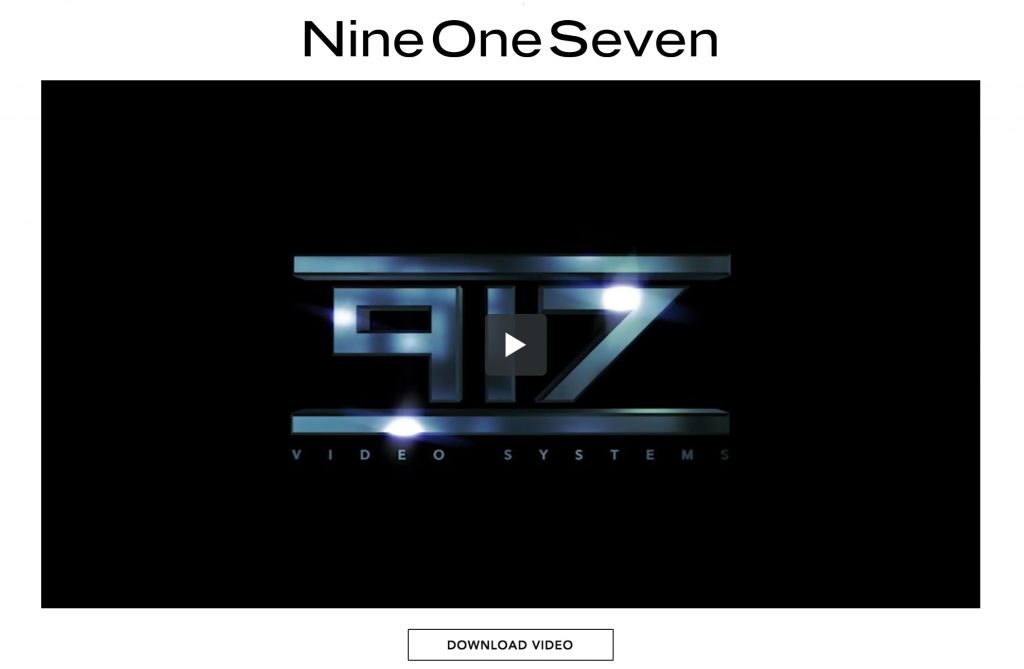 successful video hosted on brand’s own media player
successful video hosted on brand’s own media playerTo avoid any of the potential issues with releasing videos through media outlets, a few brands have more recently moved back to a self-releasing model, and they seem to be finding success.
In 2018, Nike SB self-released Nyjah Huston’s “‘Til Death” part on YouTube, which has racked up 6 million views to date. Nyjah’s previous solo part, “OMFG”, which was uploaded to Thrasher’s YouTube three years earlier, has about half as many views, despite Thrasher having 2 million YouTube subscribers to Nike SB’s 600,000.
Both Nyjah and YouTube are bigger factors in skating today than they may have been in 2015, but the big difference in view counts is still a leading example to other brands that self-releasing has the potential to work better than the media partner model.
When Alexis Sablone was announced on CONS, the promotional materials for it were noticeably absent from every major skate media outlet’s native site player and YouTube channel, which was important for CONS.
“For us to keep it on our owned channels was important because it was a brand moment,” Rob said. “She is a big signing for us and is from New England [like Converse]. It was important that it didn’t become an Alexis and Thrasher thing, because it was really an Alexis and CONS thing.”
By contrast, CONS did promote their full-length video Purple on Thrasher via an exclusive partnership that lasted 72 hours. Partnering with a media outlet may make sense for certain projects, but it’s a decision brands weigh carefully.
Ultimately, self-releasing doesn’t stop skate sites from aggregating content. Thrasher still posted about CONS’ Alexis Sablone announcement, but the effect was different and there was no confusion over the source of the video.
Aside from the big shoe brands, some board brands are also taking this route, include Fucking Awesome, April, Primitive, Numbers, 917, and Flip.
However, to be really successful through this route, brands have to have a level of cultural relevancy, star power, or legacy recognition that many don’t. That means small brands and homie crews will likely have an advantage by continuing to promote their content via large media outlets for the foreseeable future since it guarantees them hundreds of thousands of views and exposure to audiences in the millions. For a skater or a brand with a following in the 10s or 100s of thousands, the exchange is worthwhile.
GX1000 and LurkNYC are two crews who regularly host content through skate sites — Thrasher and Transworld — and have funneled that exposure and momentum into building full-fledged brands. They now both produce soft and hard goods that are stocked in some of the most respected shops in the world and can afford to sponsor riders. Who knows if they would have been able to reach that level without support from the mags.
FINDING ALTERNATIVES
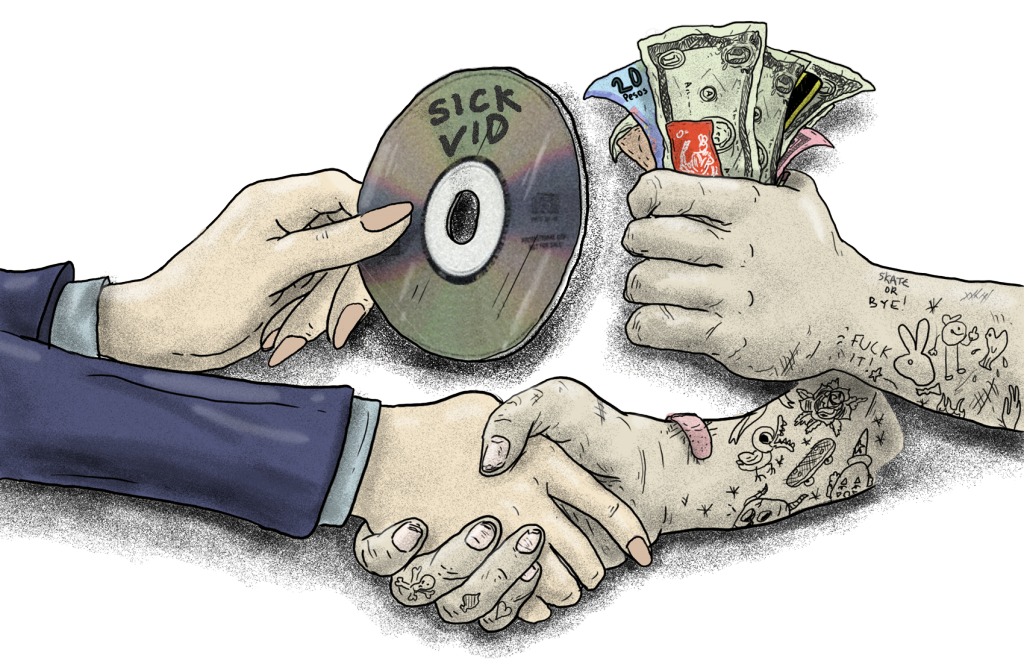
Giving content to a media partner is only a problem if brands see it as one. Anyone can become a publisher and shoot content out into the void, but at some point, they have to decide how much time and energy they want to invest into crafting themselves as content creators, or if they prefer to occasionally produce content and let the media machine do the work for them.
Josh Stewart has found himself teetering between both options. “Being that we’ve had the site for about 13 years… we were always trying to build a home for independent skate media, like a hub for the underground. But, obviously the goal with any video is to get as many people to see it as possible. We’d be shooting ourselves in the foot if we ONLY hosted all of our projects on our own site or Youtube channel.”
“I’ve had conversations with some of the small brands, and I don’t know if [a brand like] WKND want to be as big as a Primitive,” said Thomas Barker, the former Executive Director of the International Association of Skateboard Companies, a trade association that pushes skateboarding globally.
“If you just want you and your friends to have a semi-comfortable lifestyle in an expensive city, making 40 to 60 grand a year each or something, you don’t have to really chase the eyeballs or be as thirsty as another brand. You can let it be more natural.”
There is an opportunity for a disruptor to shake up our media model, but right now the ones in charge of making those decisions may not have that on their minds. “Most marketing directors of skateboard companies are the same ones from the late ‘90s,” Thomas said. “Brands just follow the person in front of them, these aren’t MBAs. These aren’t futurists…These are literally people just trying to make next week’s payroll. They’re just going to do what worked for their friend yesterday.”
The music industry ran into similar issues with its publication model when it encountered online piracy in the early 2000s. Labels began to lose money on their long-term projects, physical records lost their value, and artists felt that they were receiving no credit or compensation for their hard work.
The music industry addressed these issues through music streaming platforms, and it’s possible that a similar solution could work for skateboarding.
Through a revenue-sharing model like the ones music streaming services use, skate brands could recoup on their big video investments by receiving royalties from a streaming platform for every view, just like musicians and labels do for songs. They won’t have to share the credit with the streaming platform, and through their own pages and profiles, they can have more control over how their content is presented, down to providing unique copywriting, video covers, and any other assets.
It’s not a perfect solution, and it requires consumers to dish out for yet another subscription service, but at least it’s one option for replacing what has become an imperfect model. As Thomas mentioned, “There’s a great quote about technology disruption: technologies disrupt until the kids that grew up with them are in control of them.” We’ll have to see who will be the first brave souls to try something new.
Related Posts
Comments
Popular
-
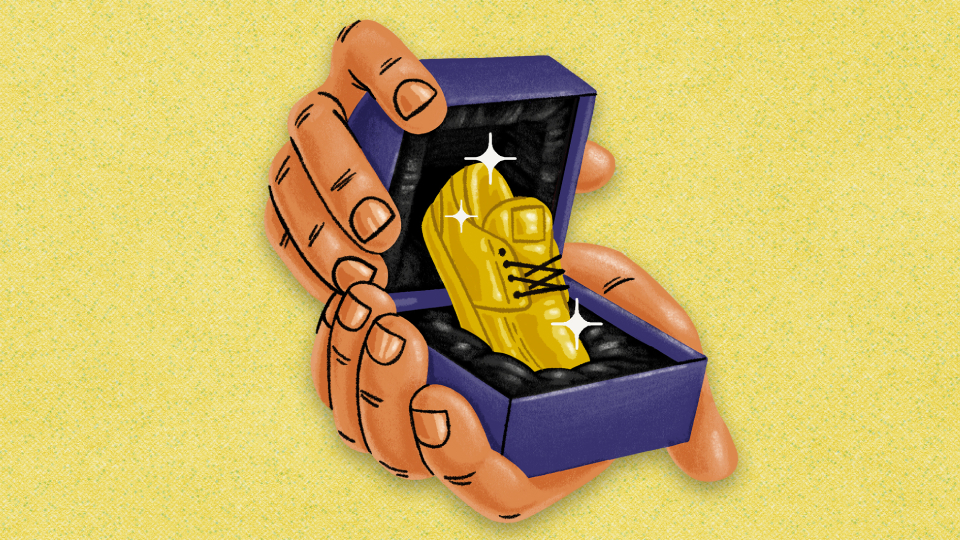 THE RISE AND FALL OF PRO MODEL SKATE SHOES
THE RISE AND FALL OF PRO MODEL SKATE SHOES
While there are still some exceptions, the signature shoe has largely evaporated from the skateboard industry. But, why?
-
 A CHAT WITH LUDVIG HAKANSSON, THE OLDEST SOUL IN SKATEBOARDING
A CHAT WITH LUDVIG HAKANSSON, THE OLDEST SOUL IN SKATEBOARDING
The man loves to read Nietzche, skates in some expensive vintage gear, and paints in his own neoclassical-meets-abstract-expressionist style.
-
 A LOOK THROUGH THE GLASSES OF VINCE PALMER, AKA CHICKEN LITTLE
A LOOK THROUGH THE GLASSES OF VINCE PALMER, AKA CHICKEN LITTLE
Get to know the 18-year-old German repping Baker and Supreme in Milan.
-
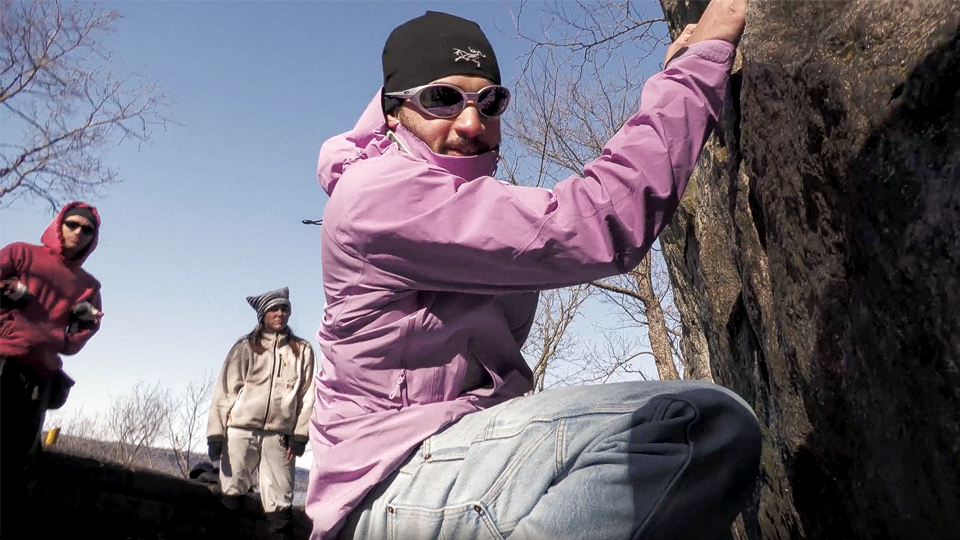 WHO ARE THE SKATERS RESURRECTING ROCK CLIMBING IN UPPER MANHATTAN?
WHO ARE THE SKATERS RESURRECTING ROCK CLIMBING IN UPPER MANHATTAN?
We met up with Joel Popoteur, an employee at Supreme and long-time skater to learn about his outdoor movement.
-
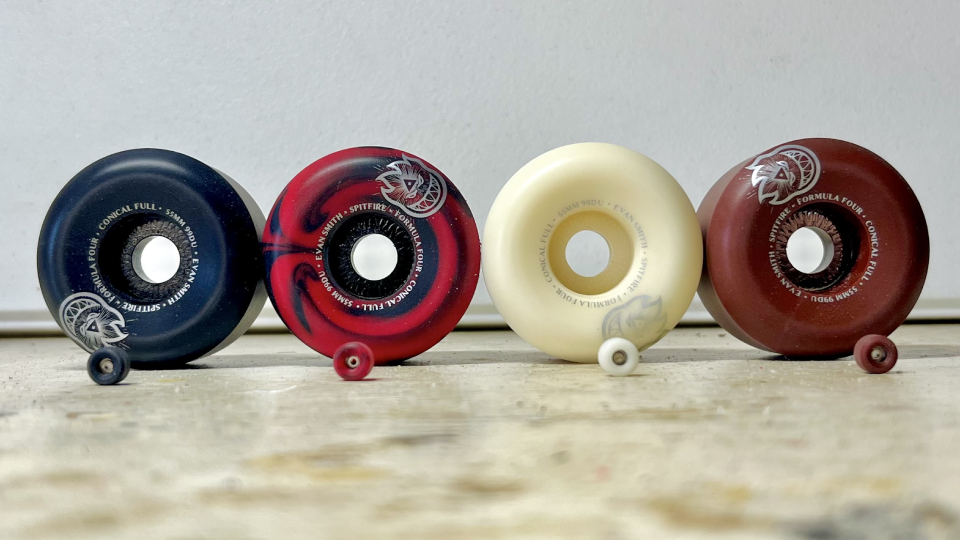 GOT OLD WHEELS? THIS GUY IS MAKING MINI FINGERBOARD REPLICAS WITH THEM
GOT OLD WHEELS? THIS GUY IS MAKING MINI FINGERBOARD REPLICAS WITH THEM
Honey, I Shrunk The Spitfires.






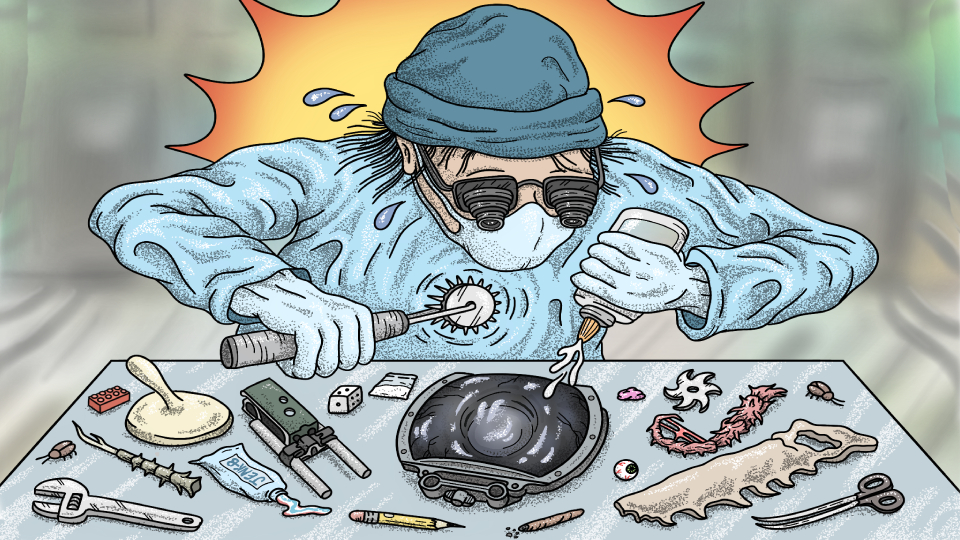

October 16, 2019 4:20 pm
Good article just wanted to point out that music streaming makes next to nothing for musicians. That would be a terrible direction for skate videos, and it is a terrible direction for music right now. Musicians make next to nothing while spotify collects the subscription fee and ad dollars.
October 16, 2019 4:38 pm
skate videos already make brands next to nothing
October 16, 2019 6:04 pm
This is 100% correct. Speaking from experience in the music industry here, I would STRONGLY advise against skate companies pursuing anything like this. Thrasher may be an imperfect partner/clearinghouse for skate videos, but I promise you, record labels have it so much worse. Spotify-like model for skateboarding would be suicide. A video with 100k views would recoup about $500, but without the exposure via Thrasher, views would plummet to a fraction of their current total. (‘Til Death’ is an outlier – because it’s Nyjah backed by Nike AND all the media outlets covered it like crazy – and even that would have only collected like $30k on 6 million views.) Skaters and skate companies would get bled dry and it would be brutal to witness.
October 16, 2019 10:17 pm
They aren’t making any money right now on their videos so any money is found money…
October 16, 2019 6:45 pm
Are you shittin’ me?
You can’t compare skate-vids to music. Music is the product. A skate vid is an advertisement for a product.
Why should anyone pay to watch a commercial?
And what’s the problem with companies publishing their vids through skate media anyway? How should skate-vids be any different from printed advertising?
You turned the whole thing upside down, inside out and then screwed it sideways…
October 16, 2019 8:28 pm
Right! This is also 100% correct. Thrasher is basically giving the skate brands free advertising, PLUS a Thrasher co-sign, plus sharing their ads/branding on Thrasher’s social channels. Any skate company that partners with Thrasher on a video is getting a degree of exposure that music publicists would kill for.
October 16, 2019 9:26 pm
No, skate brands are giving Thrasher free content to grow THRASHERS platform and audience off of the skate brand’s hard work. Then Thrasher puts watermarks and pre-roll ads in front of it and makes money off of a video and product they didn’t make. It’s basically someone handing you money.
You are foolish.
October 18, 2019 9:16 am
“No”: Nothing like insulting someone to make him/her see it your way.
October 18, 2019 1:01 pm
Really good points. While the videos are a work of art (well, they try) the primary motive is to move product so it is hard to pay for.
From an independent filmer or “homy” video, or shop video for that matter this is a different discussion. These are way more fun to watch, harder to find, funded by charity, and will never make their money back. These are actual skate videos that I buy whenever I can to support what the guys are doing. They benefit from getting featured on thrasher but only if it is published on there own media outlet first so they can get those view credits and maybe even monetize through youtube or whatever.
And really… Musicians should be paying the editors to be in these videos. That is where I got all the good music from as a kid.
October 16, 2019 9:31 pm
Great article, it would have been fascinating to mention something about how much brands spend on producing content vs. how much media outlets collect through ads. I mean how much money do ads bring anyway?
October 17, 2019 1:09 am
There is no way i can see Thrasher as a bad guy here. Nobody is forcing you to upload content on their site and i guess the terms are pretty clear. Get “better” skaters and products if youʼre not making enough money, isnʼt that how advertising works anyway.